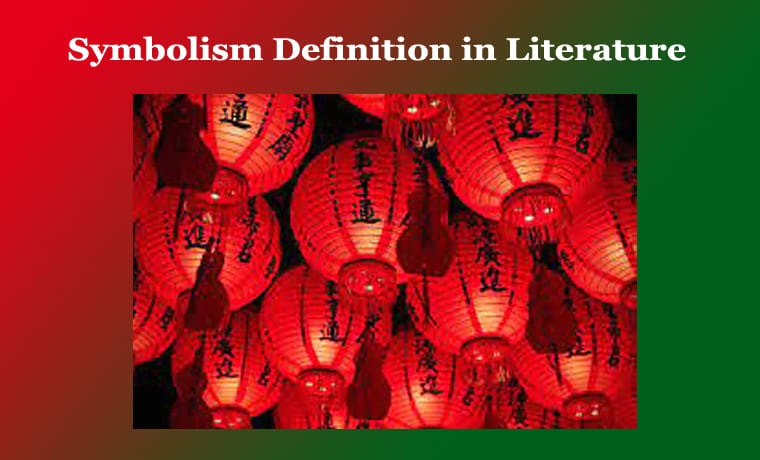Symbolism Definition in Literature
Symbolism Definition in Literature
Symbolism Definition in Literature
Symbolism in literature is a literary device where a symbol, whether it be a word, character, object, or concept, is used to represent a deeper meaning beyond its literal interpretation. These symbols often carry symbolic significance that conveys complex ideas, themes, or emotions within a work. Symbolism adds layers of meaning to the narrative, allowing authors to convey abstract concepts and evoke emotional responses from readers.
In literature, symbols are like literary shorthand, condensing profound meanings into concise representations. These symbols may be cultural, traditional, or created within the context of the specific work. Authors use symbolism to imbue their writing with additional layers of interpretation, encouraging readers to engage in a more profound exploration of the text.
For example, in George Orwell’s “Animal Farm,” the farm itself serves as a symbol. On the surface, it is a place where animals rebel against their human oppressors. However, the farm becomes a symbolic microcosm of a political system, representing the rise and fall of revolutions and the corruption of power. The animals, such as the pigs and horses, also serve as symbols, embodying different classes and political ideologies.
Symbols can be recurring motifs, like the green light in F. Scott Fitzgerald’s “The Great Gatsby,” representing the unattainable American Dream. Colors, animals, weather, and even specific objects are commonly used as symbols in literature. The key is that these symbols go beyond their literal meanings and resonate with universal themes or cultural contexts, inviting readers to interpret and derive meaning from the symbolism.
In literature, symbolism is a powerful and nuanced tool that allows writers to communicate ideas beyond the explicit narrative. It invites readers to delve into the text, searching for hidden meanings and connections between the tangible and the abstract. Symbolism enriches the reading experience, encouraging a deeper exploration of themes, emotions, and the human condition. Through the artful use of symbols, literature becomes a tapestry of layered meanings, inviting readers to participate in the construction of its intricate and symbolic world. 0 0 0. Symbolism Definition in Literature
Symbolism Definition in Literature
Some Articles Relating to Literature:
- Hysterical Literature
- Conflict Definition in Literature
- Paradox in Literature
- What is Symbolism in Literature
- Classic Literature
- Simile in Literature
- Metaphor Definition in Literature
- Tone Examples in Literature
- What is Theme in Literature
- Imagery in Literature
- Diction Definition in Literature
- Definition of Tone in Literature
- Foil Definition in Literature
- Gothic Literature
- Motif in Literature
- Tone Definition in Literature
- Parallelism in Literature
- Personification Definition Literature
- Logos Definition in Literature











